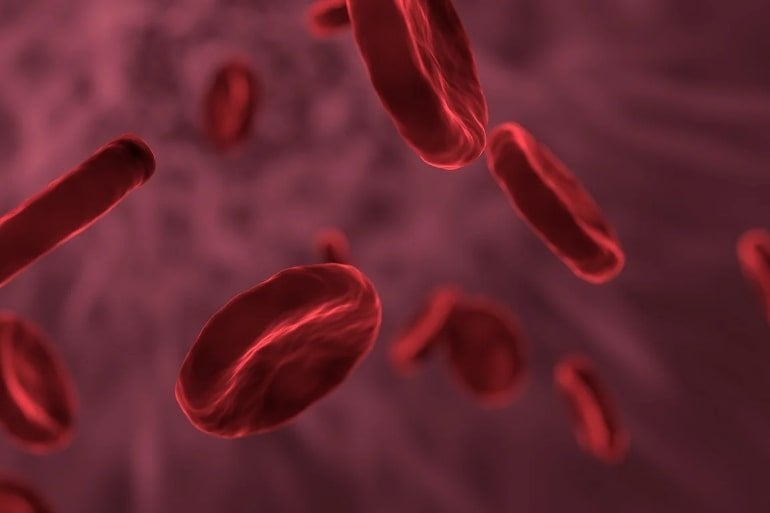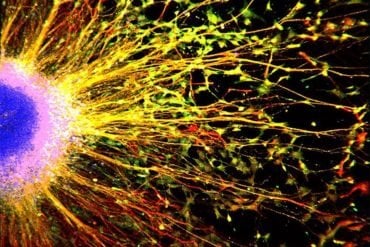Summary: Study reveals a previously unknown genetic link between increased blood platelet distribution and an increased risk of developing Parkinson’s disease.
Source: Mater
A Mater Research study has identified a previously unknown genetic link between platelets and Parkinson’s Disease, with findings published in Cell Genomics.
The study, led by Mater Research and The University of Queensland’s Associate Professor Jake Gratten and Dr. Yuanhao Yang, analyzed data from large-scale genetic studies to improve understanding of cause and effect relationships between blood measures and common neurological and psychiatric disorders.
Lead author Dr. Yang said the research came about following reports of associations between a range of different blood measures and risk of stroke, multiple sclerosis and depression.
“These results sparked interest in developing blood-based biomarkers for common brain disorders, but it was unclear whether there was a genetic basis to these relationships,” Dr. Yang said.

“Our study identified a broad landscape of genetic overlap between blood cell measures and 11 neurological and psychiatric disorders.”
“One notable finding was a cause and effect relationship between increased platelet distribution width and risk for Parkinson’s Disease, suggesting that platelet parameters could be potential biomarkers for early detection of Parkinson’s Disease.”
“We also identified numerous genes shared by specific blood cell measures and brain disorders, some of which are targets of drugs that are approved for other conditions—this represents potential for repurposing those drugs for common brain disorders.”
Senior author A/Prof Gratten said the findings “provide a foundation for future work to improve prevention and prognosis of common neurological diseases and psychiatric disorders.”
About this Parkinson’s disease research news
Author: Press Office
Source: Mater
Contact: Press Office – Mater
Image: The image is in the public domain
Original Research: Open access.
“The shared genetic landscape of blood cell traits and risk of neurological and psychiatric disorders” by Yuanhao Yang et al. Cell Genomics
Abstract
The shared genetic landscape of blood cell traits and risk of neurological and psychiatric disorders
Phenotypic associations have been reported between blood cell traits (BCTs) and a range of neurological and psychiatric disorders (NPDs), but in most cases, it remains unclear whether these associations have a genetic basis and, if so, to what extent genetic correlations reflect causality.
Here, we report genetic correlations and Mendelian randomization analyses between 11 NPDs and 29 BCTs, using genome-wide association study summary statistics.
We found significant genetic correlations for four BCT-NPD pairs, all of which have prior evidence for a phenotypic correlation. We identified a previously unreported causal effect of increased platelet distribution width on susceptibility to Parkinson’s disease.
We identified multiple functional genes and regulatory elements for specific BCT-NPD pairs, some of which are targets of known drugs.
These results enrich our understanding of the shared genetic landscape underlying BCTs and NPDs and provide a robust foundation for future work to improve prognosis and treatment of common NPDs.






